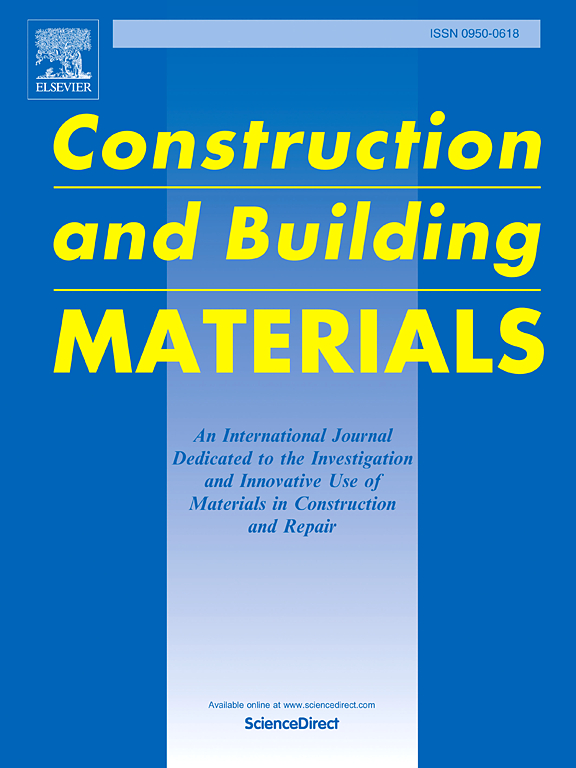Experimental investigation on GFRP double-bolt single-lap joints subjected to low-velocity impact and post-impact tension
IF 7.4
1区 工程技术
Q1 CONSTRUCTION & BUILDING TECHNOLOGY
引用次数: 0
Abstract
Glass fiber reinforced polymer (GFRP) composite joint structure has garnered increasing attention in structural reinforcement and bridge engineering. However, its inferior impact resistance and inherent brittleness result in a significant performance degradation when subjected to impact and sudden loading. This paper presented an experimental investigation on the damage mechanisms and failure behaviors of GFRP double-bolt single-lap joints (DBSLJs) under low-velocity impact (LVI) and post-impact tensile tests. The joints with three bolt spacings were designed to conduct impact between bolts at four incident energies, and their bolt load distribution was analyzed quantitatively. The results show that a short bolt spacing can induce impact crack propagation into the bolt holes, thereby reducing the impact resistance and residual strength. Excessively long impact cracks can induce brittle fracture in the impact region, which occurs exclusively in the bottom plate due to the significantly larger crack length compared to that in the upper plate. Moreover, the load distribution ratio shows that the impact on the joints exacerbates uneven bolt load distribution, particularly with increasing impact energy.
求助全文
约1分钟内获得全文
求助全文
来源期刊

Construction and Building Materials
工程技术-材料科学:综合
CiteScore
13.80
自引率
21.60%
发文量
3632
审稿时长
82 days
期刊介绍:
Construction and Building Materials offers an international platform for sharing innovative and original research and development in the realm of construction and building materials, along with their practical applications in new projects and repair practices. The journal publishes a diverse array of pioneering research and application papers, detailing laboratory investigations and, to a limited extent, numerical analyses or reports on full-scale projects. Multi-part papers are discouraged.
Additionally, Construction and Building Materials features comprehensive case studies and insightful review articles that contribute to new insights in the field. Our focus is on papers related to construction materials, excluding those on structural engineering, geotechnics, and unbound highway layers. Covered materials and technologies encompass cement, concrete reinforcement, bricks and mortars, additives, corrosion technology, ceramics, timber, steel, polymers, glass fibers, recycled materials, bamboo, rammed earth, non-conventional building materials, bituminous materials, and applications in railway materials.
 求助内容:
求助内容: 应助结果提醒方式:
应助结果提醒方式:


